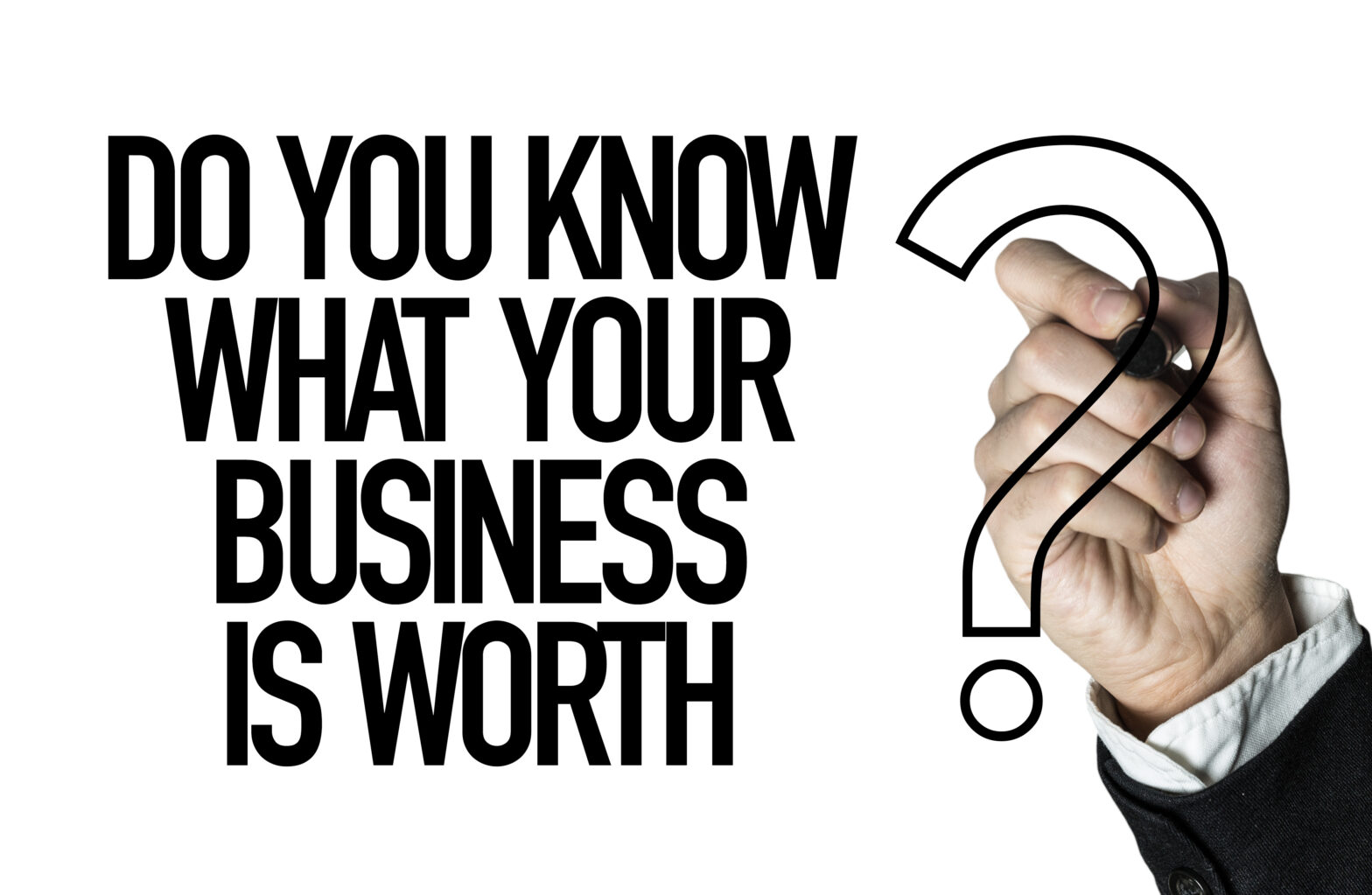Recent high-profile acquisitions such as communications firm Azzurri’s purchase of Sirocom, LexisNexis’s acquisition of Visualfiles and, of course, the recent sale of YouTube to Google have sparked renewed interest in selling businesses and exit strategy planning.
For many entrepreneurs, particularly in the new media and technology sectors, an eventual sale is the single biggest reason for creating the company in the first place. However, without appropriate planning, business owners could pay up to 40 per cent more tax than the allocated ten per cent for capital sales.
In addition to this, a lack of awareness of the value of the business and failure to master the basics of selling a company may lead to a less than successful transaction. New media and technology businesses need to be particularly aware of this from the outset to avoid losing a sizeable chunk of future proceeds from the sale.
Many business owners see a lifetime of hard work ruined by failing to plan ahead for their exit. Ideally exits should be planned as soon as possible, or in cases where the intention is to sell the business after a certain period of time (e.g. two years after its creation), the exit should be factored in to the start-up business plan.
Exit options
There are a number of ways of exiting or disposing of a business. Business owners should consider the best option for them in line with their personal objectives. The different options available are:
- trade sale
- management buyout
- family succession
- management buy-in
- stock market flotation
- merger
- liquidation.
Exit through trade sale
A trade sale occurs when you sell the business (or parts of the business) to another outside party. This is deemed as the best possible way to get maximum value from your business.
In order to make a successful transaction you should identify possible buyers and work to develop your business for a sale that they will want. Selling your business will be easier if you can:
- show year-on-year increasing profitability
- create a high-quality product or service
- develop an innovative product or piece of intellectual property
- build a strong customer base
- recruit a high-quality team
- maintain premises and assets in good condition.
Know your reason for selling
Part of preparing your business for sale is getting ready to deal with buyers and their questions. One question you are likely to be asked by prospective buyers is: ‘Why are you selling?’
For new media and technology industries the objectives for setting up a business (and ultimately selling it) might include generating capital growth and making money by selling the business, or creating an invention or piece of intellectual property, developing it and selling it on quickly. By detailing the business objectives at start-up, when it’s time for the business to be sold the reasons for doing so will be apparent.
For other businesses the reason may not be so succinct. It may be that original objectives such as wanting to pass something on to future generations are no longer desirable. Whatever your reasoning, think carefully and prepare your answers – potential buyers can easily spot if you are selling out of desperation!
Understand what you are selling
According to the latest research, only half of entrepreneurs planning to sell their business know how much it is worth.
The value of your business will be determined by a number of factors: its size, future growth prospects, diversification, customer base, profitability and cash flow, as well as financial management. While you do not want to undervalue your business you should not overvalue it either.
Selling shares or assets?
The first question to ask during initial negotiations is whether the business is to be sold through the sale of shares or as an asset. This decision will undoubtedly be driven by tax considerations.
In a share purchase the purchaser buys the target company along with all its assets and liabilities. An asset purchase allows the purchaser to try and ‘cherry pick’ the particular assets he or she wants to acquire, without necessarily acquiring all of the liabilities (except for employees). There are also other key differences between the two types of transaction, including the form of documentation required for the transfer, tax and stamp duty implications, and in relation to the distribution of the purchase price.
In most cases sellers, primarily for tax purposes, prefer to sell shares and purchasers prefer to buy the assets. In practice most transfers of business are done by way of a share purchase, as otherwise the seller in effect pays capital gains tax (CGT) twice. The company pays corporation tax on the sale of the assets upon which the capital gain is made, and the seller pays tax when the cash is taken out of the company, either by way of dividend or by liquidation of the company.
Getting the fundamentals right
It is necessary to ensure that the business’ financial and legal information is up to date. Once you have found a suitable buyer, their solicitors and accountants will normally wish to carry out a financial review of the business known as a ‘due diligence’. This audit will involve their gathering of information about all aspects of the business so that the buyer can make an informed decision and modify the terms of sale if necessary. It is therefore important that you gather together the financial information required. This may include:
· a minimum of three years’ accounts and tax returns
· a full list of debtors and creditors, with balances and payment schedules
· company secretarial and other statutory documents
· all relevant legal and HR documents, e.g. copy leases and employment contracts
· ensuring that details, budgets and business plans are ready to be inspected by potential buyers.
Heads of terms
This precedes the main contract and highlight the principal issues of the agreement and the intentions of both parties. The heads of terms may contain:
- what the purchaser is buying
- the value of the business
- how the purchaser intends to pay
- any other terms and conditions of the sale.
It is essential that professional advisers such as solicitors, accountants and specialist tax advisers are appointed early in the sales process and before the heads of terms are agreed. In a court of law this document may be considered to be legally binding. In our experience as tax advisors, many clients come to us already having signed this document, simply because they didn’t appreciate the future tax implications of the sale. While it isn’t impossible to re-negotiate terms, you – the vendor – are in a far weaker position with the purchaser.
Tax implications
Before selling your company you may want to consider tax-efficient strategies of withdrawing funds from the business. Ways in which to do this include paying dividends, bonuses and termination payments. However, if you do make these sorts of withdrawals it may affect the sale price of the company. Similarly, you need to strike a balance with the amount of cash you leave in the business, as HM Revenue & Customs can view excessive amounts as tax avoidance and penalise accordingly.
Capital gains tax and selling shares
Any profits you make from the sale of your assets will be liable to CGT. This is calculated for each tax year (which runs from 6 April one year to 5 April the next). It is charged on the total of your taxable gains, after:
· deduction of the costs of acquisition and disposal of each asset
· taking into account any reliefs that affect the amount of a gain – some apply automatically while others have to be claimed
· deduction of allowable losses arising from the disposal of other shares or assets
· applying ‘taper relief’ – this may reduce the taxable gain on an asset depending on the nature of the asset and how long you have held it
· deducting from the total taxable gains left the ‘annual exempt amount’ (AEA) – for the tax year 2006-2007 this is £8,800.
How much CGT you pay depends on your overall income. Your total taxable gains are added to your taxable income for the year and treated as the top part of that total. The gains are then charged to CGT at the following rates (2006-2007 tax year):
· Ten per cent where they fall below the starting rate limit for income tax (£2,150)
· 20 per cent where they fall between the starting rate and basic rate limits for income tax (£2,151 to £33,300)
· 40 per cent where they fall above the basic rate limit for income tax (£33,301 and above).
Taper relief
Taper relief, introduced in April 1998, reduces the amount of the net chargeable gain the longer the asset is held. Taper relief is based on the size of the gain and the length of time an asset has been held, with maximum relief accruing over two years. Only complete years qualify for the relief.
For a higher-rate taxpayer, disposing of an asset after one year attracts taper relief of 50 per cent and so an effective CGT rate of 20 per cent. When an asset that has been held for two years is sold, taper relief of 75 per cent is applicable, resulting in a CGT rate of 10 per cent.
How this can work in practice
Let’s suppose you start up a high-tech business from scratch that is in a high-growth area and is very attractive to speculative investors. If you sold the business for £10 million after one year from the date you started trading you would have to pay 20 per cent CGT on the whole sale, unless you include an element of ‘deferred consideration’ into the sales contract. In this way you could pay 20 per cent on a portion of the sale and then, by waiting another year to claim the rest of the purchase capital, you could be eligible for the 10 per cent rate on the remainder of the business. Accruing these benefits is something a tax advisor would structure into the sale terms on your behalf.
VAT
If your company is registered for VAT, you will need to contact HMRC and complete form VAT 7 to cancel your registration, or form 68 to transfer your registration to the new owner.
Summary
Exit planning can be confusing for business owners, especially if this is the first time they have sold a business. For many, being in the position of selling marks the culmination of many years’ hard work and personal sacrifice. A well-thought out exit strategy will enable you to maximise your end rewards in terms of the value you ultimately get from your business. An ill-thought strategy may leave you wishing you hadn’t sold up at all!







